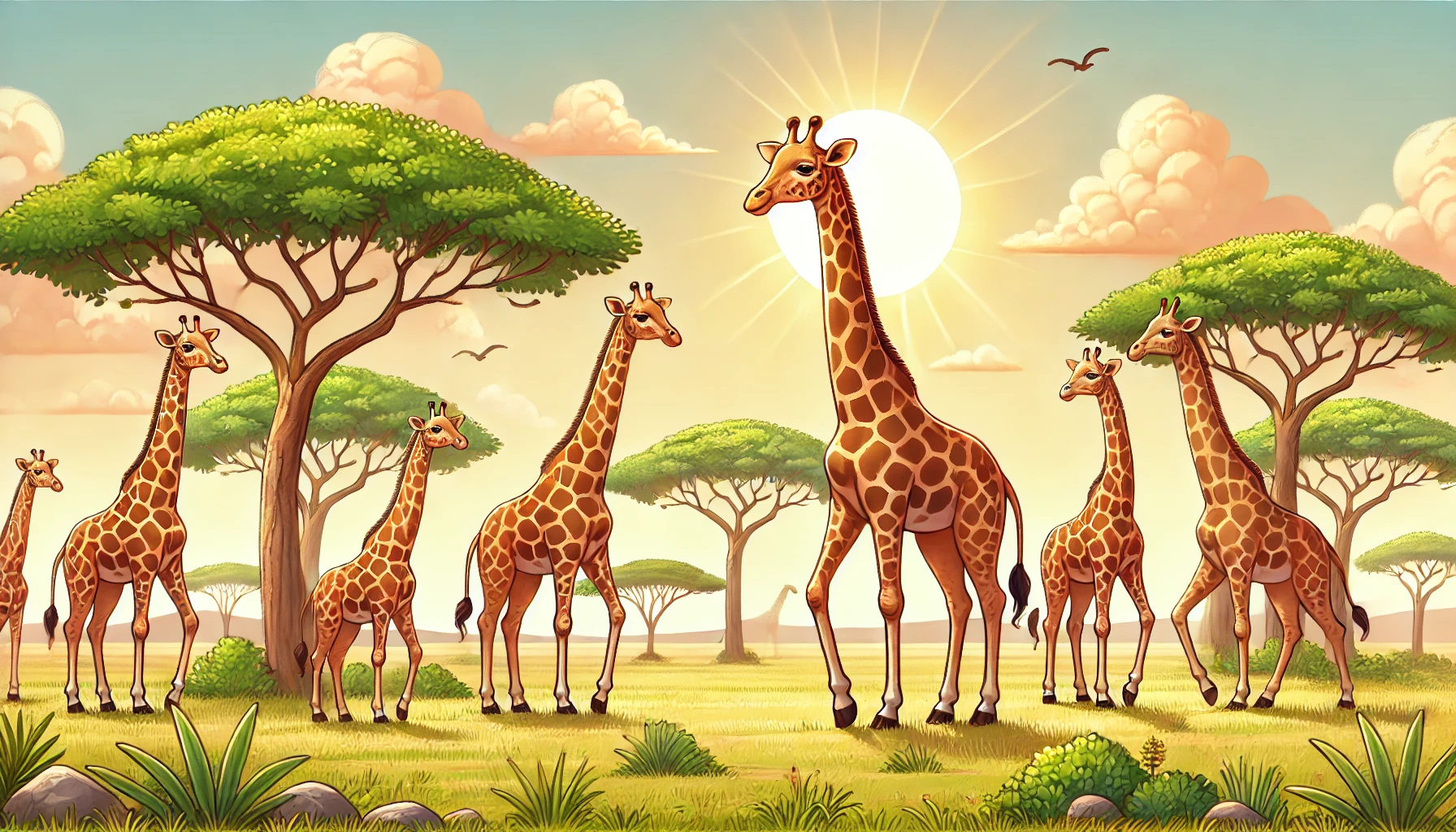Interesting Facts About Giraffes and Their Behavior
Interesting Facts About Giraffes and Their Behavior
Table of Contents:
- Introduction to Giraffes and Their Behavior
- The Different Species of Giraffes
- How Giraffes Communicate and Interact
- The Role of Giraffes in Ecosystems
- Why Giraffes Are Endangered
- Conclusion: Understanding the Importance of Giraffes
Interesting Facts About Giraffes and Their Behavior
Giraffes are the tallest land animals on Earth, known for their long necks and unique patterns. Found across the African savannas, giraffes are gentle herbivores with fascinating behaviors and an essential role in maintaining the balance of ecosystems. In this article, we will explore interesting facts about giraffes, their behavior, and their importance in the wild.
1. The Different Species of Giraffes
There are four distinct species of giraffes: the Northern giraffe, Southern giraffe, Masai giraffe, and Reticulated giraffe. Each species is found in different regions of Africa and is distinguished by its unique coat pattern. For example, the Reticulated giraffe has a striking pattern of white lines between large, polygonal spots, while the Masai giraffe has more irregular spots. Despite their physical differences, all species of giraffes share similar behaviors and adaptations that allow them to thrive in their environments.
2. How Giraffes Communicate and Interact
Giraffes may appear quiet, but they communicate in subtle ways. They use low-frequency vocalizations, inaudible to humans, to communicate with one another over long distances. These sounds help them maintain contact with members of their herd, especially in the vast savannas. In addition to vocalizations, giraffes use body language to communicate. Necking, a behavior where males swing their necks to assert dominance, is a common way for male giraffes to compete for mates. Socially, giraffes live in loose herds, and females are often seen caring for their young together, forming protective nursery groups.
3. The Role of Giraffes in Ecosystems
Giraffes play a crucial role in maintaining the health of African ecosystems. As browsers, they feed on the leaves of tall trees like acacias, which many other herbivores cannot reach. This selective feeding helps shape the vegetation structure, promoting new growth and maintaining plant diversity. Additionally, by eating the leaves of thorny trees, giraffes control the spread of certain plant species, preventing them from overtaking the landscape. The seeds they consume are dispersed through their droppings, helping regenerate plants across the savannas.
4. Why Giraffes Are Endangered
Despite their iconic status, giraffes are facing numerous threats in the wild. Habitat loss due to agricultural expansion and deforestation has significantly reduced their living space. Poaching and illegal hunting for their meat, hides, and tails have also contributed to the decline in giraffe populations. As a result, some species, like the Northern giraffe, are listed as endangered. Conservation efforts are underway to protect giraffes by creating protected reserves and raising awareness about their plight. These efforts are critical to ensuring the survival of these majestic animals.
5. Conclusion: Understanding the Importance of Giraffes
In conclusion, giraffes are not only remarkable for their height and beauty but also for the vital role they play in maintaining the balance of African ecosystems. From their unique communication methods to their impact on vegetation, giraffes contribute to the health of the environment in significant ways. However, their declining populations highlight the need for conservation efforts to protect these gentle giants from extinction. By understanding more about giraffes and their behavior, we can work to preserve their presence in the wild for future generations.

<ⓒ WizardMedics (wizardmedics.com)>






